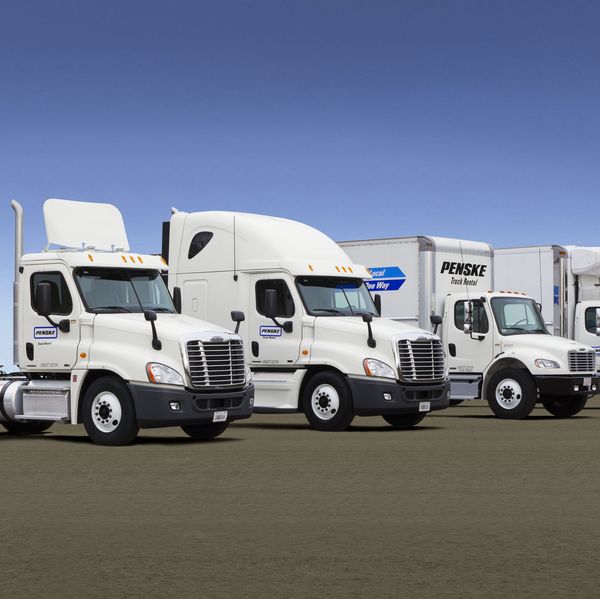Fleet Acquisition Strategies
Lease, rent or buy? Find the right financial fit for your fleet

Equipment acquisition strategies can vary and depend on factors such as equipment lifecycle, current fleet performance, capacity requirements and financing options. Several outside factors, such as new releases of equipment technology, interest rates and regulatory requirements, can also influence when carriers add new equipment to their fleet. Fleets often use a mix of acquisition strategies when adding equipment.
Leasing Equipment
Fleets choose leasing for a variety of reasons, with financial and operational flexibility among the top benefits. Purchasing commercial vehicles requires a significant upfront investment, which ties up working capital. Leasing, by contrast, spreads costs over locked-in, monthly payments, preserving cash flow and freeing capital.
Operationally, leasing provides the flexibility to scale fleet size up or down in response to changing business needs without the complexities of buying and selling trucks. Leasing also helps fleets stay current with the latest models of equipment.
A full-service lease covers maintenance and repairs, including wear-and-tear items such as tires. Having maintenance included can help mitigate fleets’ risk associated with unknown maintenance costs on new engine technologies.
Renting Equipment
Renting commercial vehicles offers fleets many of the same financial and operational advantages as leasing but provides even more flexibility for responding to shifting capacity needs. Rentals can be particularly cost-effective for testing new engine technology or equipment types, handling seasonal or uncertain surges, and trialing new lanes. It provides predictable monthly rates. Plus, fleets can start and stop their rentals times to fit their needs; they don’t have to deal with storing, parking, licensing, insuring or maintaining equipment when it’s not in use.
Purchasing New Equipment
Owning equipment gives fleets full control over acquisition costs, operations, maintenance schedules and disposal strategies. Without mileage restrictions, fleets can maximize vehicle usage and even sublease assets. They can also perform maintenance on their own schedule, whether in-house or through their preferred service providers.
Ownership can offer financial benefits, including building equity and reducing monthly costs when purchasing equipment outright rather than financing. It also provides tax advantages, such as deductions for depreciation, interest expenses, and other ownership-related costs.
With owned equipment, it is important for fleets to plan acquisition and disposal cycles carefully, balancing the value and life of assets against advancing technology and rising maintenance costs.
Buying Used Equipment
For fleets that want to own equipment but limit their capital expenditures, purchasing used equipment can be an attractive option, especially during price spikes, high inflation or long lead times for new equipment. Used trucks typically come with a lower initial cost compared to new vehicles, and they are often available for immediate delivery. However, if used trucks aren’t purchased through a trusted source, their vehicle history could be uncertain.
Creating a Strategy
Building an effective equipment acquisition strategy starts with a thorough understanding of a fleet’s current operations and growth objectives. Fleets should evaluate their financial priorities, capital allocation strategies, and how emerging technologies could impact their equipment needs. At the same time, it is important to consider acquisition and replacement cycles and evolving business demands.
Penske can work with fleets to analyze historical, current, and projected routes and volumes to determine the optimal fleet size and the most cost-effective asset mix. As part of the process, Penske helps fleets maximize the value of their owned assets while identifying opportunities where leasing or rental solutions may better support operational and financial goals.
